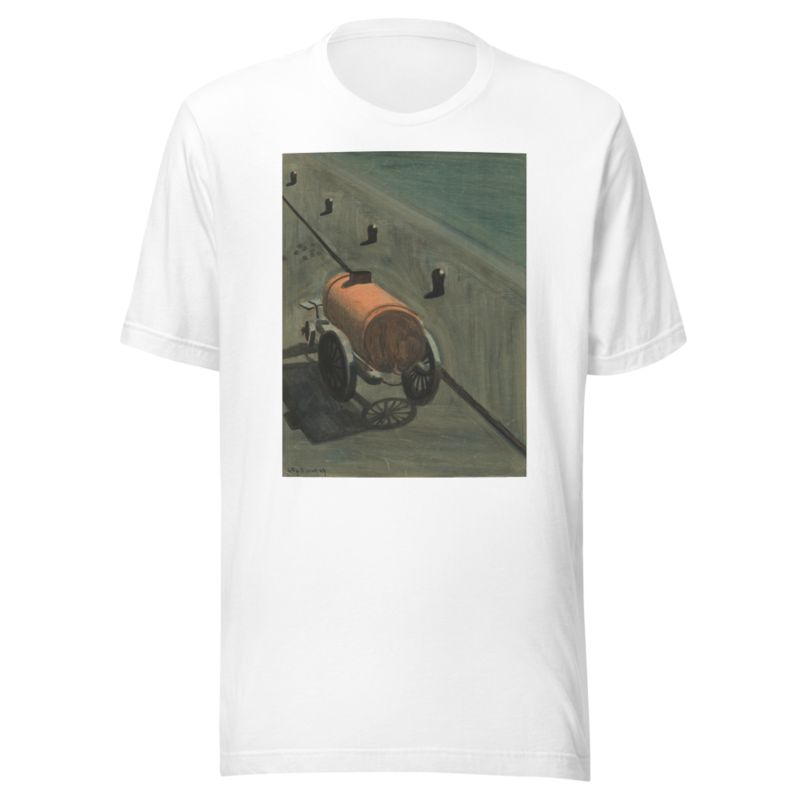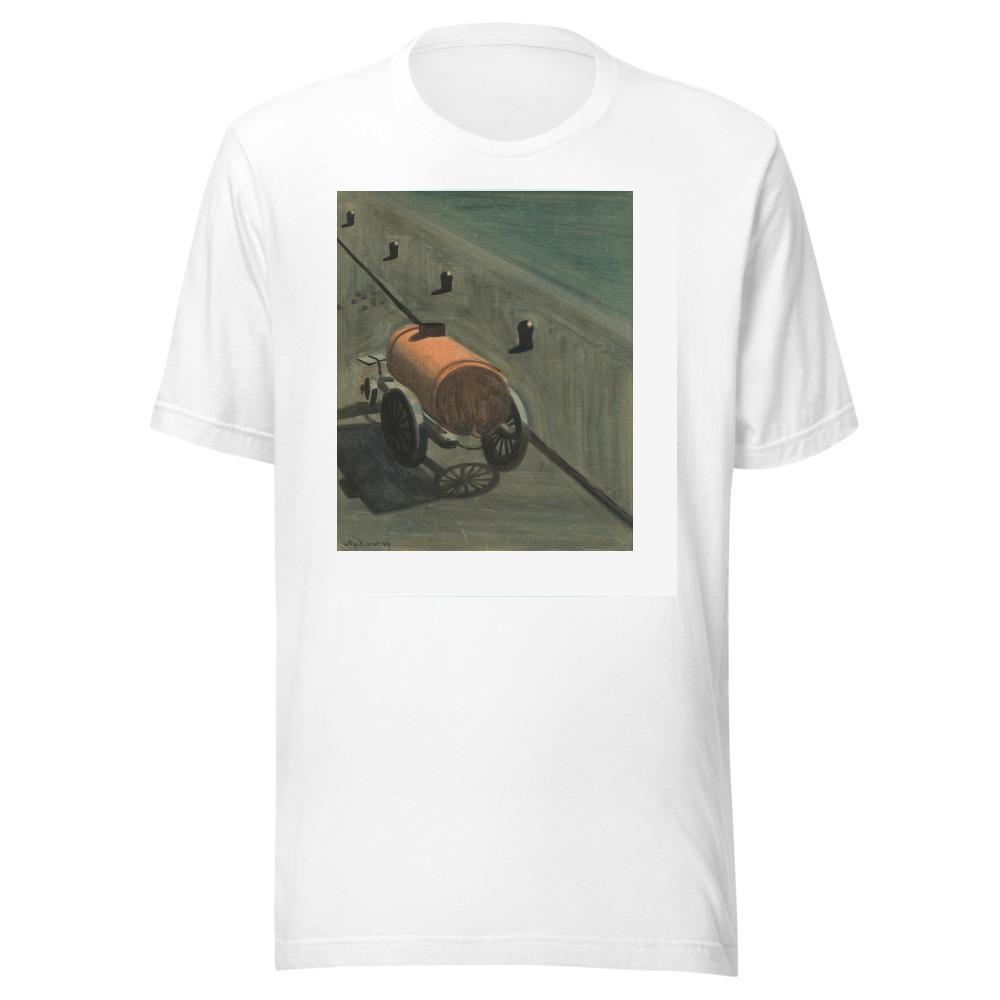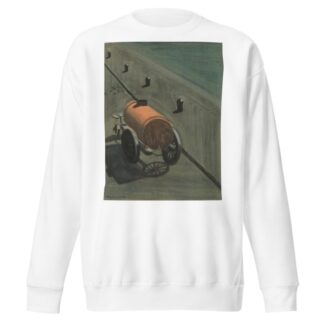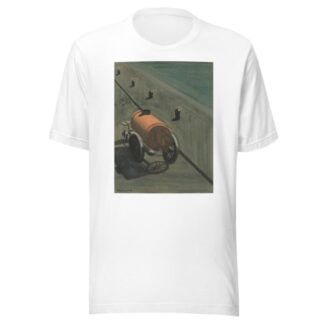Description
De waterkar by Léon Spilliaert printed on a T-Shirt
About the T-Shirt
Regular fit
Standard length, the fabric easily gives into movement
Casual wear
A classic, everyday option loved by our customers
Side-seamed
Constructed by sewing two parts together, creating a fitted look
The Unisex Staple T-Shirt feels soft and light with just the right amount of stretch. It’s comfortable and flattering for all. We can’t compliment this shirt enough–it’s one of our crowd favorites, and it’s sure to be your next favorite too!
- Solid colors are 100% Airlume combed and ring-spun cotton
- Ash color is 99% combed and ring-spun cotton, 1% polyester
- Heather colors are 52% combed and ring-spun cotton, 48% polyester
- Athletic and Black Heather are 90% combed and ring-spun cotton, 10% polyester
- Heather Prism colors are 99% combed and ring-spun cotton, 1% polyester
- Fabric weight: 4.2 oz./yd.² (142 g/m²)
- Pre-shrunk fabric
- 30 singles
- Side-seamed construction
- Tear-away label
- Shoulder-to-shoulder taping
- Blank product sourced from Nicaragua, Mexico, Honduras, or the US
Léon Spilliaert (1881-1946)
Léon Spilliaert was a Belgian symbolist painter and graphic artist.
Spilliaert was born in Ostend, the oldest of seven children of Léonard-Hubert Spilliaert, a perfumer, and his wife Léonie (née Jonckheere). From childhood, he displayed an interest in art and drawing. A prolific doodler and autodidact, he was predominantly a self-taught artist. Sickly and reclusive, he spent most of his youth sketching scenes of ordinary life and the Belgian countryside.
When he was 21, Spilliaert went to work in Brussels for Edmond Deman, a publisher of the works of symbolist writers, which Spilliaert was to illustrate. He especially admired the work of Edgar Allan Poe.
Watercolor, gouache, pastel, and charcoal—often in combination—were the means by which he produced many of his best works, among which are a number of monochrome self-portraits executed in the early years of the twentieth century. Spilliaert’s expressive use of black finds parallels in the work of Odilon Redon, who was a significant influence. Frequently depicting a lone figure in a dreamlike space, Spilliaert’s paintings convey a sense of melancholy and silence.
His later work shows a concentration on seascapes. He died on 23 November 1946 in Brussels.






Reviews
There are no reviews yet.